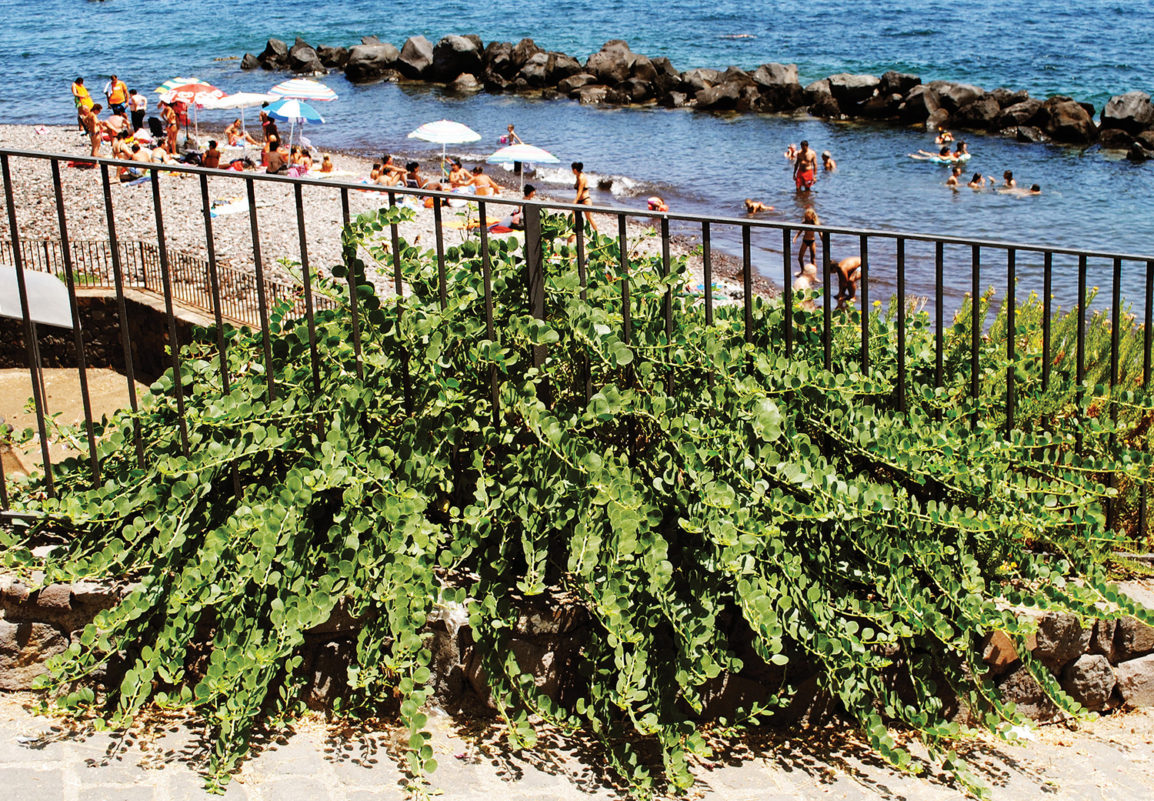Where Capers Grow
This hardy deciduous perennial comes from the Mediterranean region of Southern Europe, the Middle East and Northern Africa. Capers are part of the Mediterranean diet along with olives, grapes, almond, pistachio, sun-dried tomatoes, basil and garlic. Caper plants grow very well in the hot dry parts of Australia and now we can enjoy their delights. They do not like excess water, humidity or a cold climate.
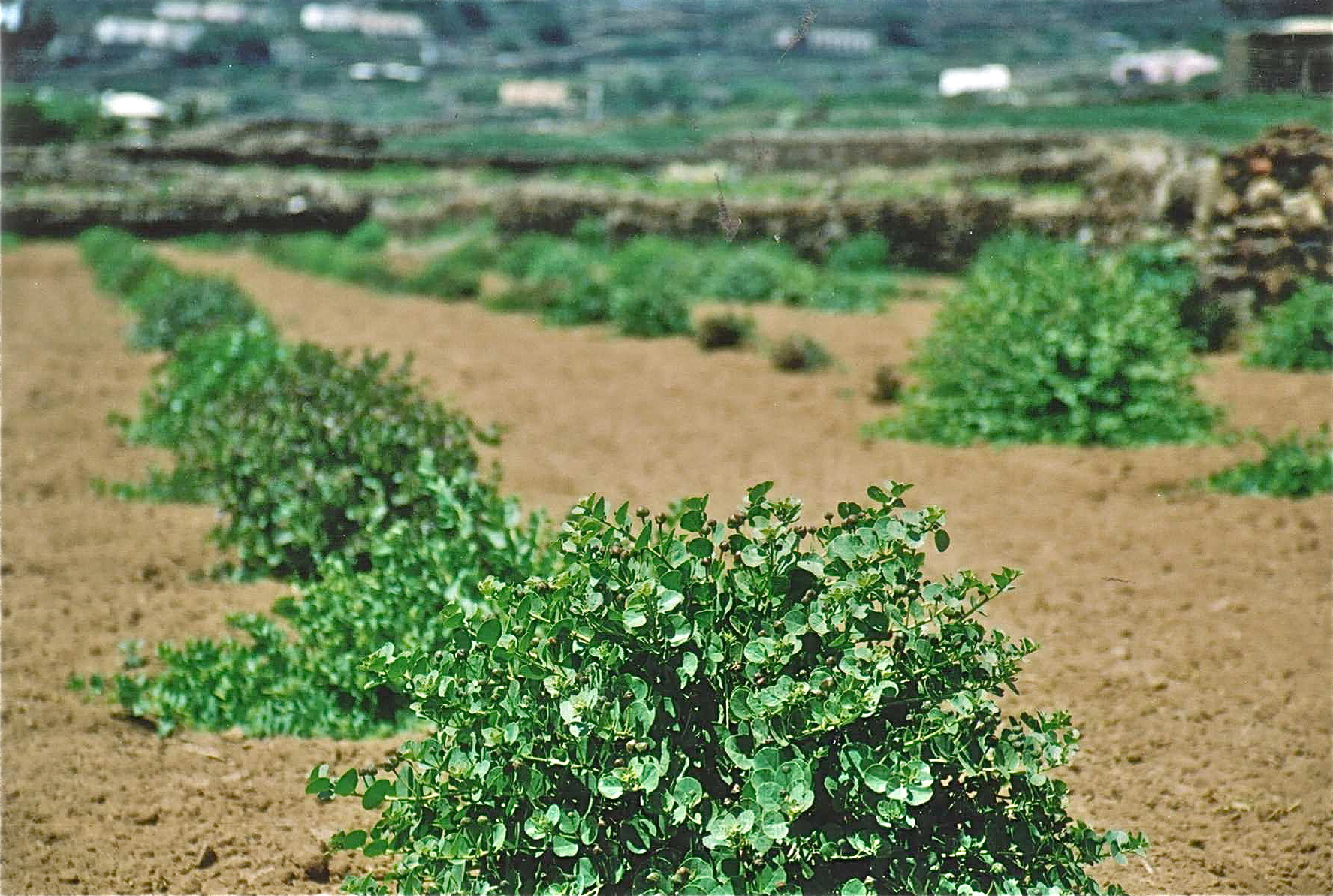
The Caper Plant
The Caper Bush grows to about 1 metre high, and as the branches grow longer, they hang over, creating their own mulch along the ground. The leaves are tough and rounded. The flowers, which grow on long pedicels between the leaves, are very attractive with white petals and many long purple stamens. Each flower usually lasts only about 16 hours, but there is a continual opening of flowers along the stem. Some species and varieties of Caper bushes develops spines under the leaf axil, but the best varieties are spineless.
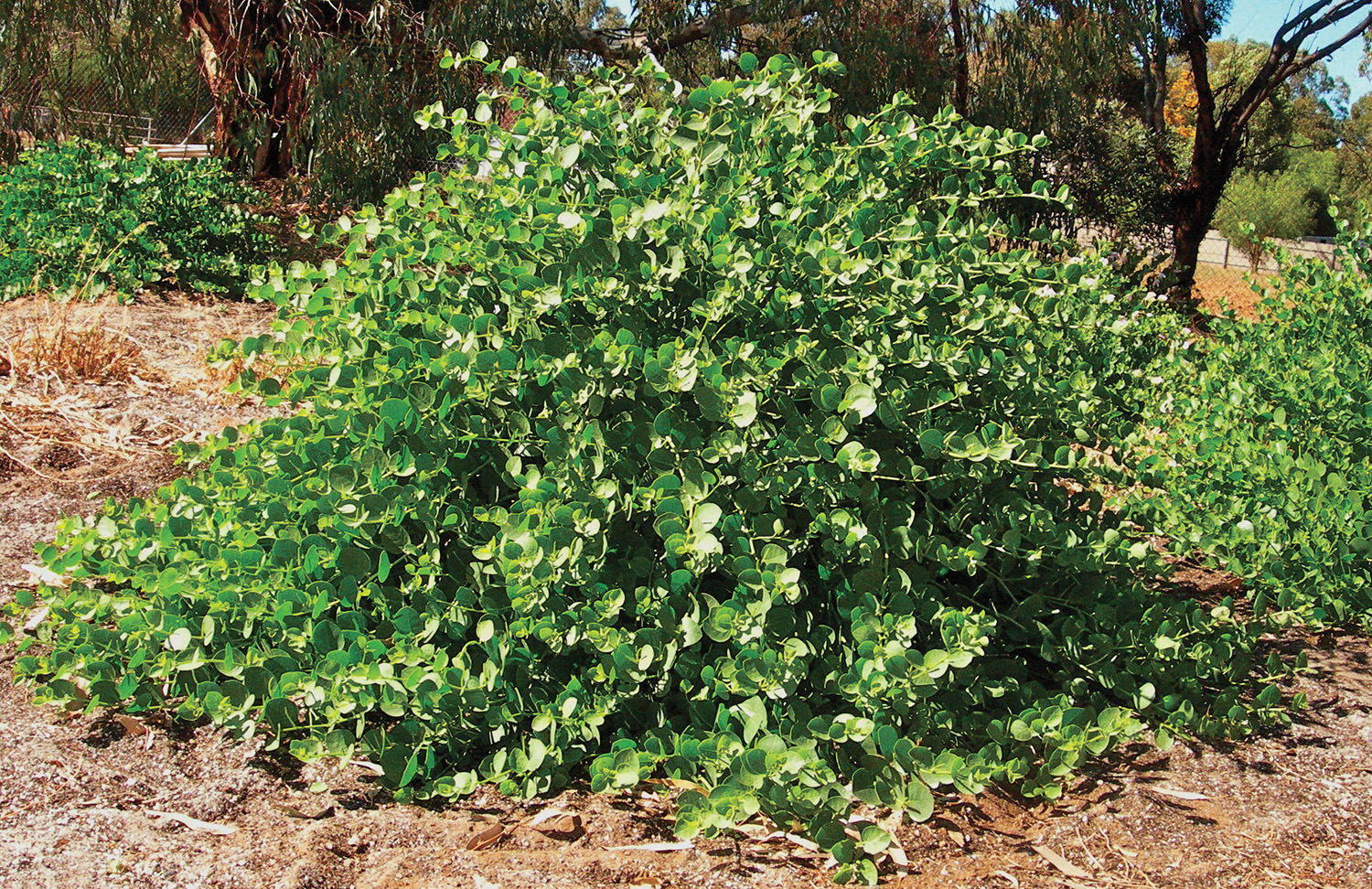
How to Grow Caper Plants
The best growing conditions for Capers is in the full sun, planted on a mound of well drained material over good rich soil. Caper plants needs a hot and dry climate. It is beneficial to add good compost and lime to the soil before planting. The plants require some watering until established. Then they require no watering (similar to planting a gum or wattle tree). They enjoy the addition of a good fertiliser and organic mineral mix to the soil, in the spring and autumn.
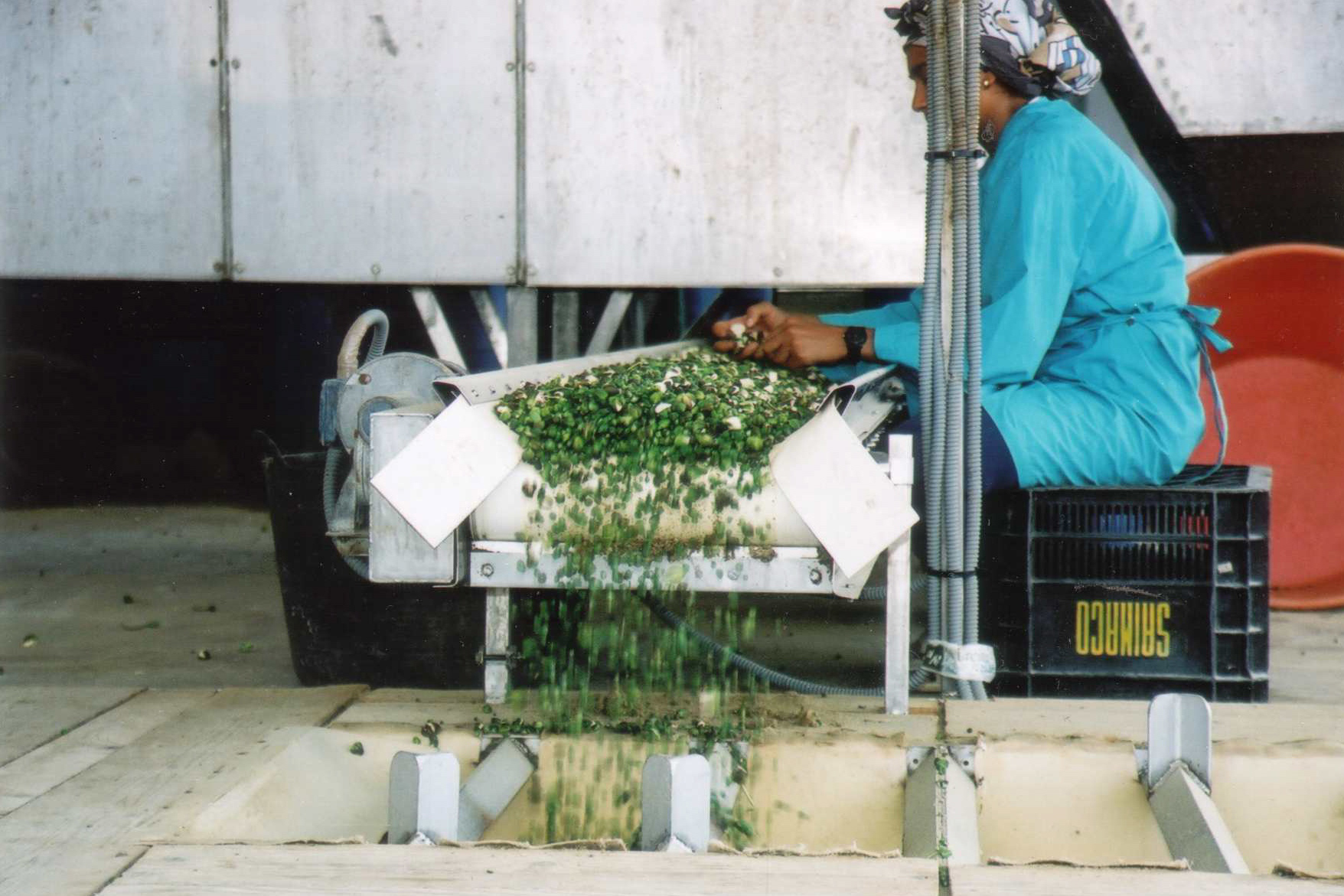
How to harvest capers
THE CAPER, which has been used as a condiment for over 5000 years, is the un-opened flower bud. They should be picked while the bud is still tight. The bush can be harvested every 10-12 days in the hot season. If allowed to flower, the caper bush produces a long oblong-shaped fruit with many seeds; this can also be pickled. Some people also use the young shoots and leaves at the end of the stem both fresh and pickled.

How to preserve capers and caperberries
The best way to process the capers is to add coarse salt to the picked capers (40% of the weight of the capers) and stir occasionally for about 10-12 days, when the liquid that forms on the bottom is drained off. Add salt again (half the original amount) for another 10 days or so. Then the capers are ready to use, just wash off the salt, or stored in dry salt. They can be made ready for use by soaking in a bowl of water to remove the salt. (Traditionally the caperberry is pickled by soaking in salt water for a day, then washing the salt off and storing the berries in white wine vinegar. The salting process can be repeated if required.)
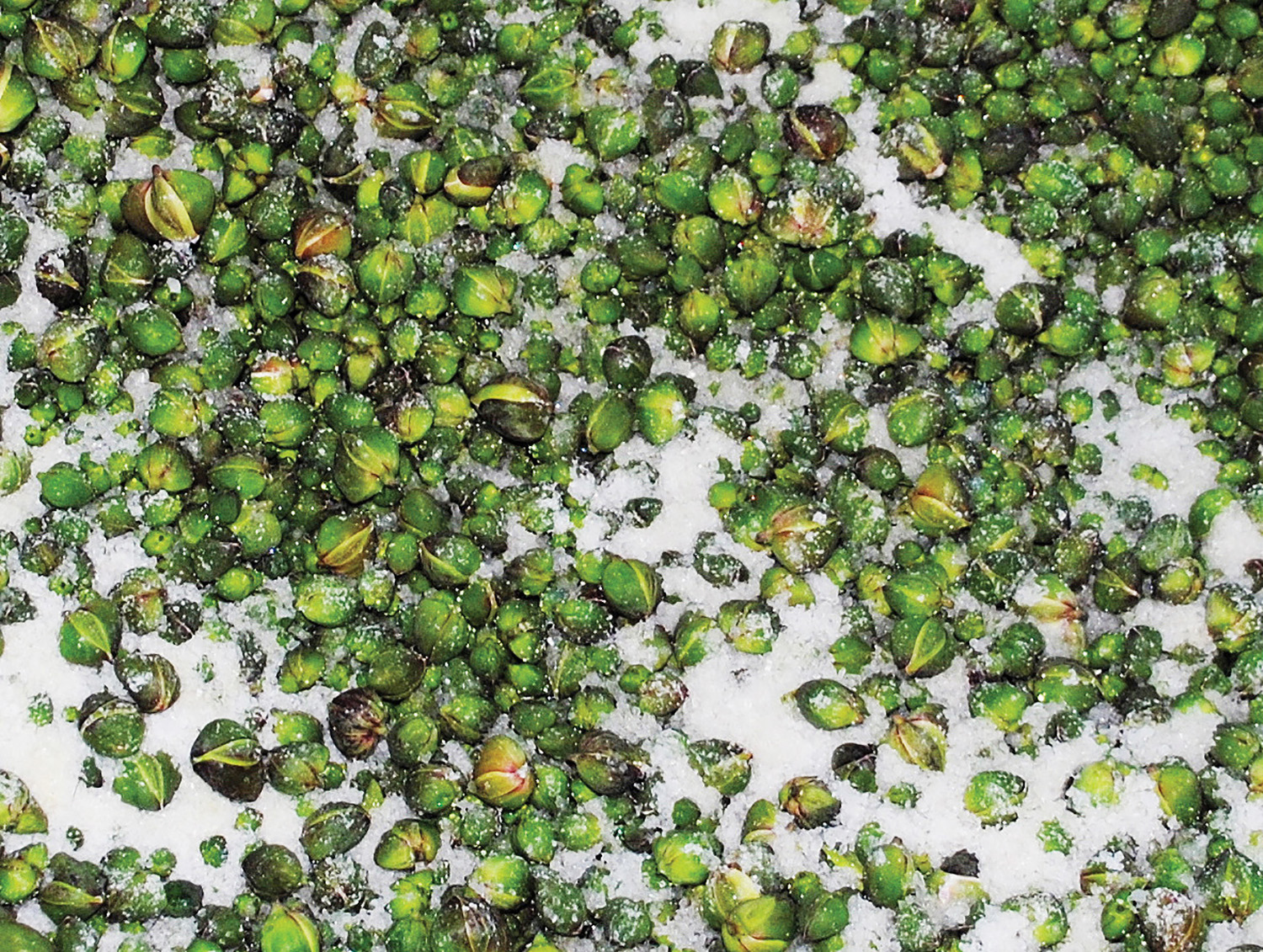
Cooking with Capers
Capers add a pleasant but sharp and piquant flavour to cooking, and because it is known to promote the appetite, it is used in Hors d’oeuvres. It is also used in salads and mayonnaise; as a garnish; as a topping on pizzas or omelettes; in making caper sauce and tartar sauce; and on fish, or chicken. The possibilities are endless.

The difference between capers and caperberries
The unopened flower bud is the caper that we pick, process and eat. If the flower is allowed to open, a large number of anthers and a central female part called the stigma, appear and look attractive. If insects pollinate the flower, the stigma develops into a fruit, which we call the caperberry, and which is also edible.
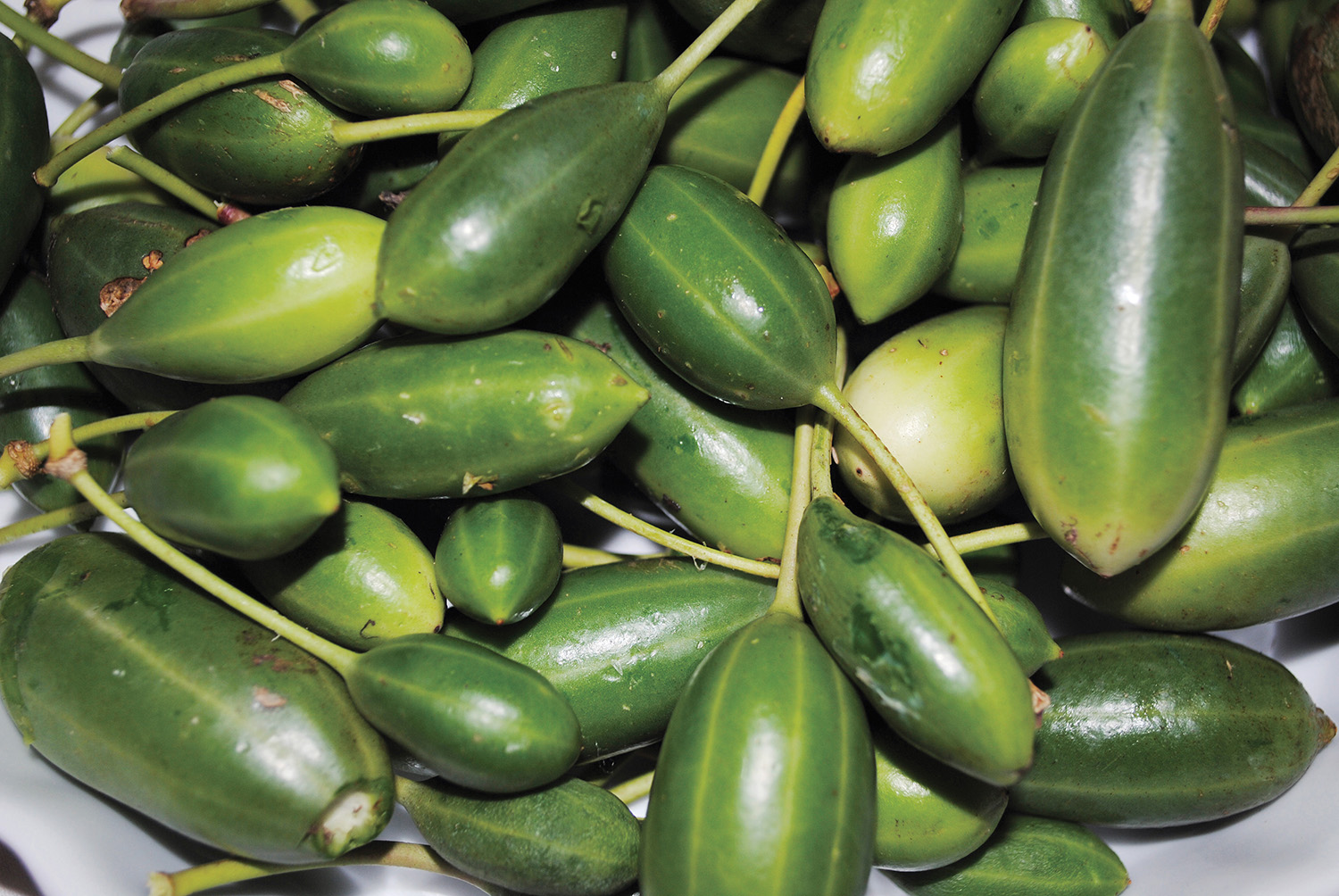
Where do Capers grow?
This hardy deciduous perennial comes from the Mediterranean region of Southern Europe, the Middle East and Northern Africa. Capers are part of the Mediterranean diet along with olives, grapes, almond, pistachio, sun-dried tomatoes, basil and garlic. Caper plants grow very well in the hot dry parts of Australia and now we can enjoy their delights. They do not like excess water, humidity or a cold climate.

Do all caper plants have spines?
The Caper Bush grows to about 1 metre high, and as the branches grow longer, they hang over, creating their own mulch along the ground. The leaves are tough and rounded. The flowers, which grow on long petioles between the leaves, are very attractive with white petals and many long purple stamens. Each flower usually lasts only about 16 hours, but there is a continual opening of flowers along the stem. Some species and varieties of Caper bushes develops spines under the leaf axil, but the best varieties are spineless. The ‘Eureka’ caper plant does not have spines.

MORE INFORMATION ON WHERE CAPERS COME FROM; THEIR HISTORY; HOW TO GROW, HARVEST, PROCESS AND COOK CAPERS AND CAPERBERRIES, CAN BE FOUND IN OUR BOOK


